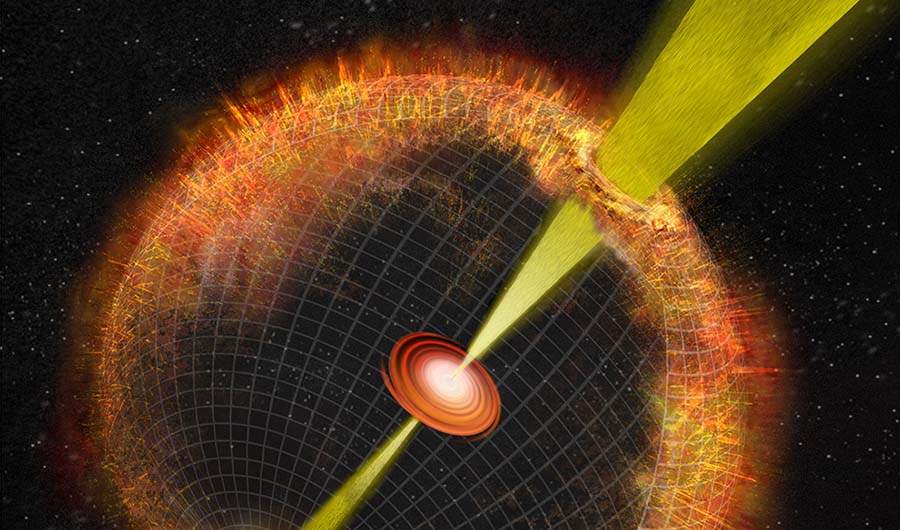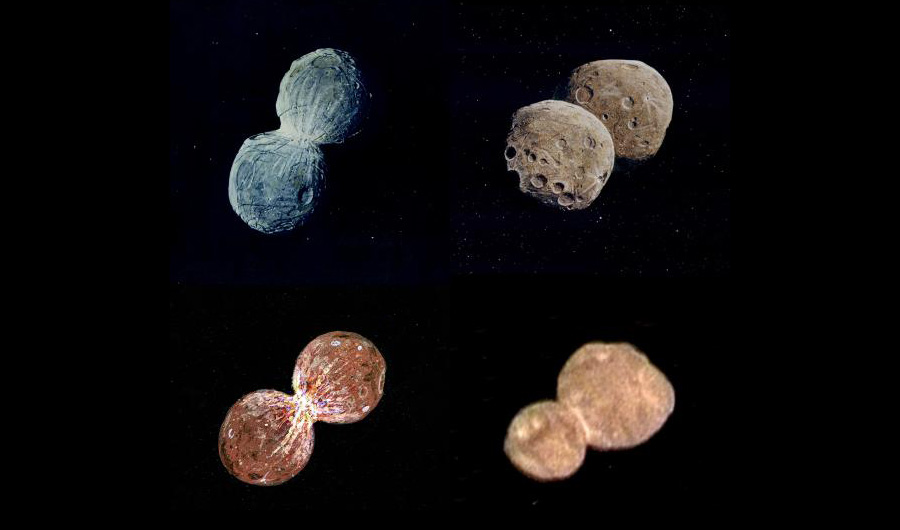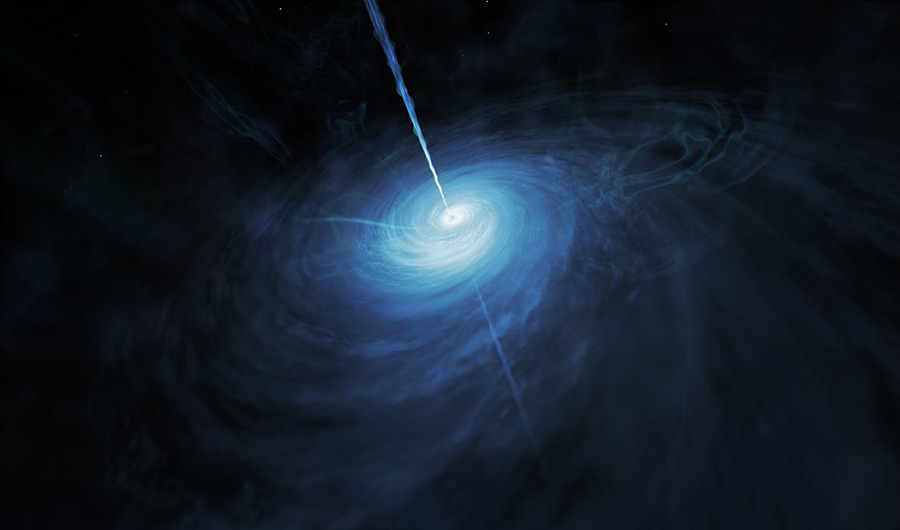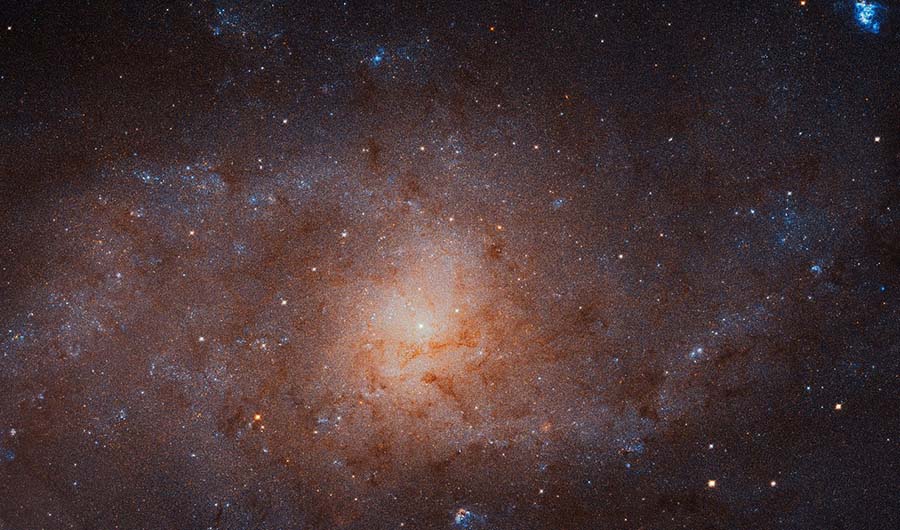January's Stellar Space Pictures
We look back in space-time this month to herald a new year.
Image
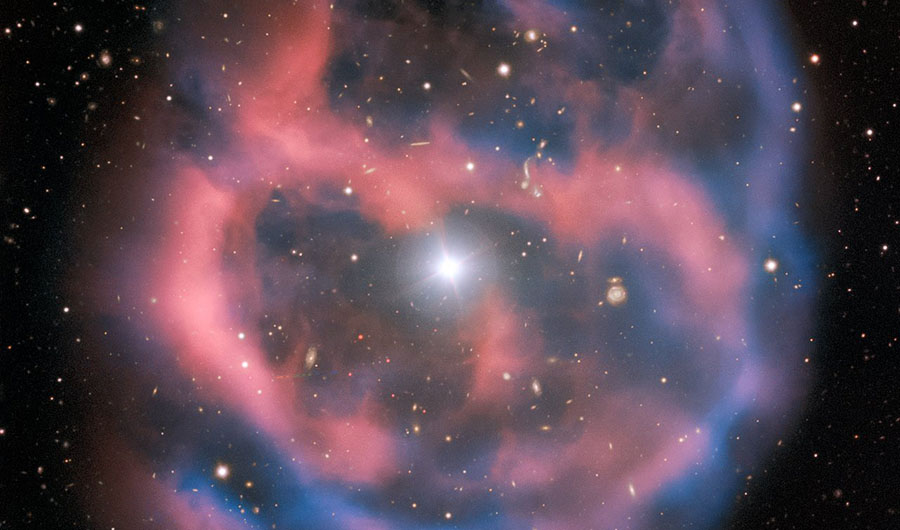
The planetary nebula ESO 577-24, captured in pale hues of pink and blue by ESO's Very Large Telescope.
Media credits
(Inside Science) -- To ring in the new year, we've collected pictures that look into stellar history. In some, artists help capture our imaginations through illustrations. In others, spacecraft have snapped pictures of distant worlds. From a fleetingly beautiful dying star, to an ancient quasar from the early universe, these pictures capture the beauty that surrounds us throughout space-time.
Filed under


